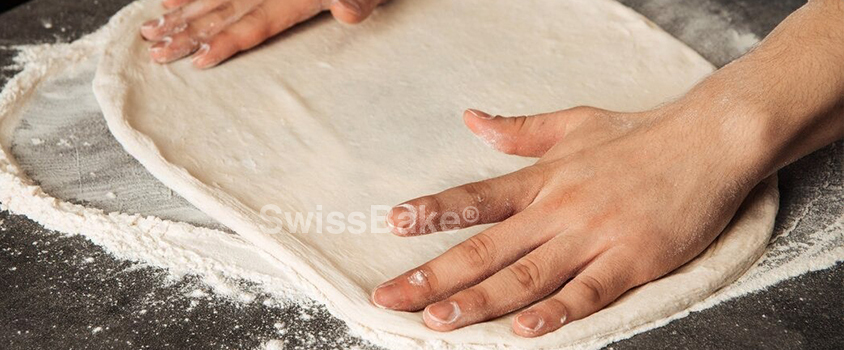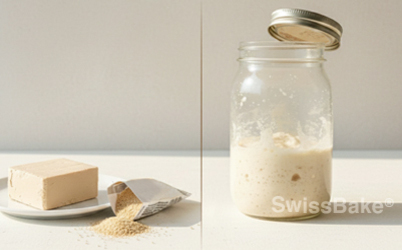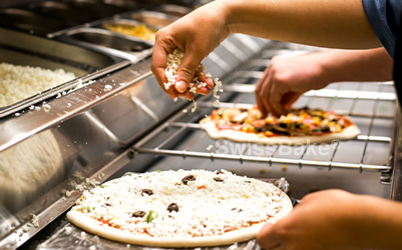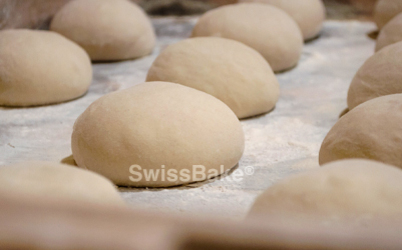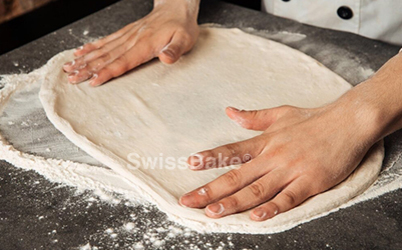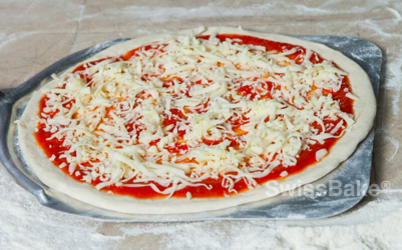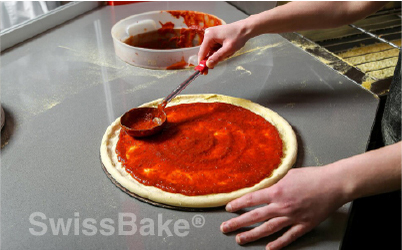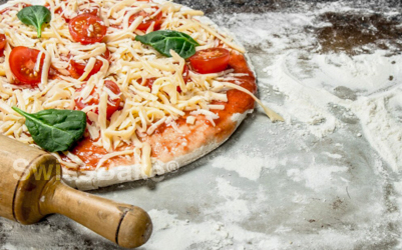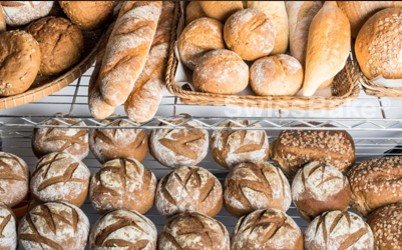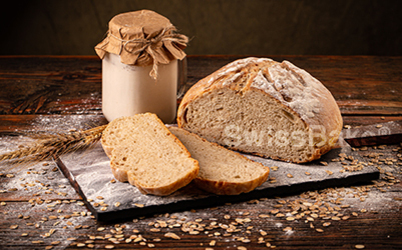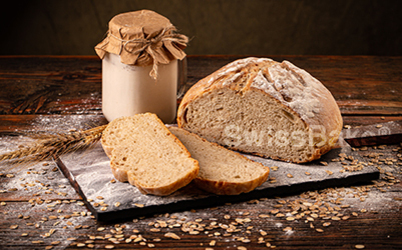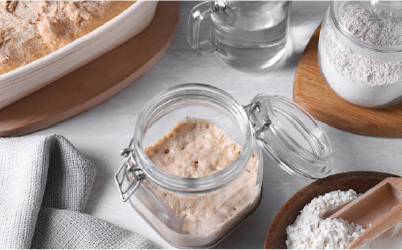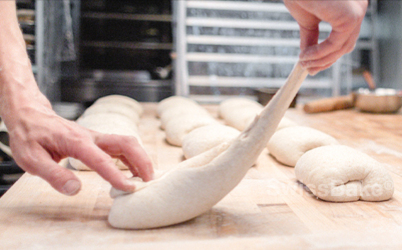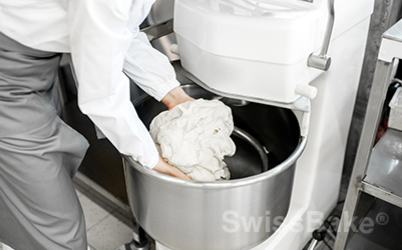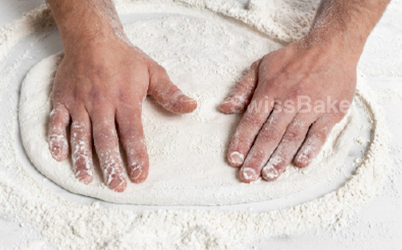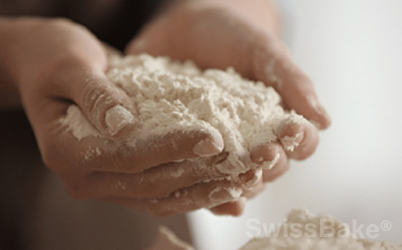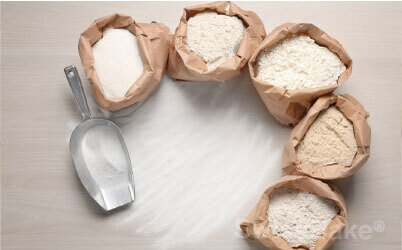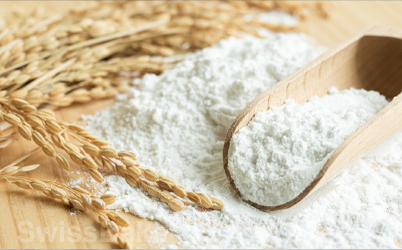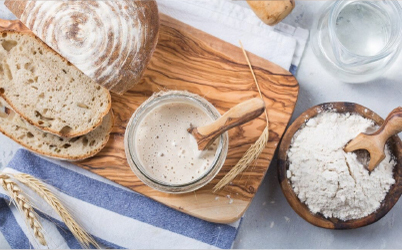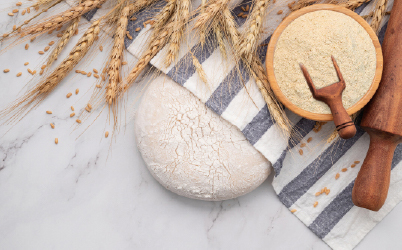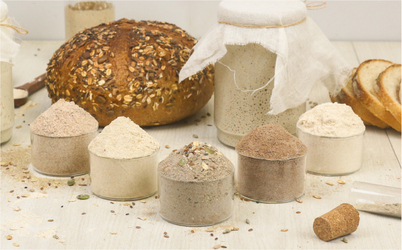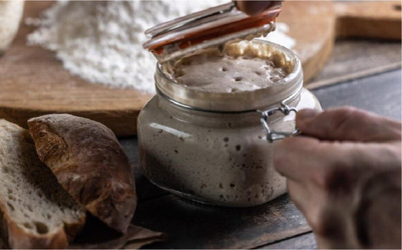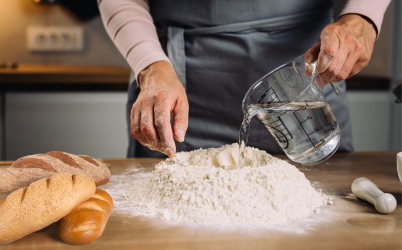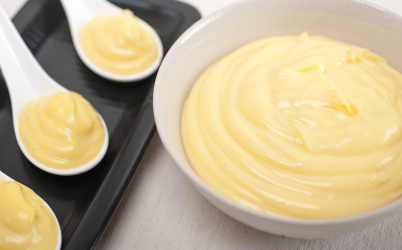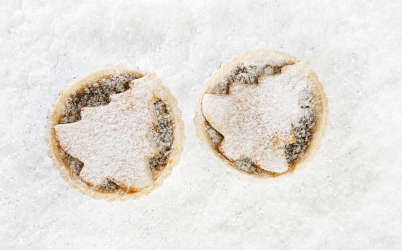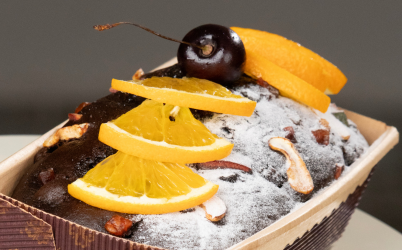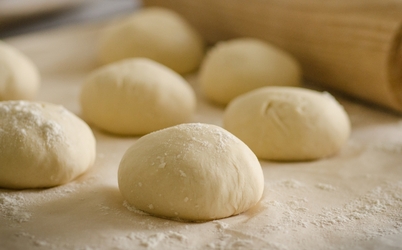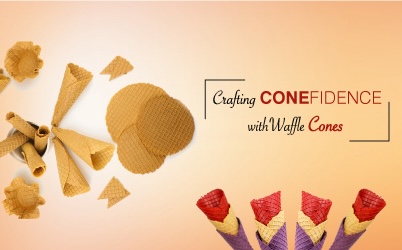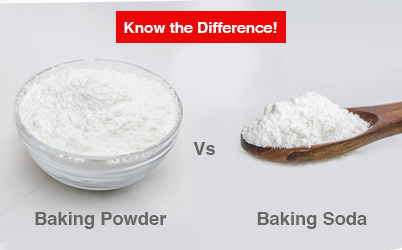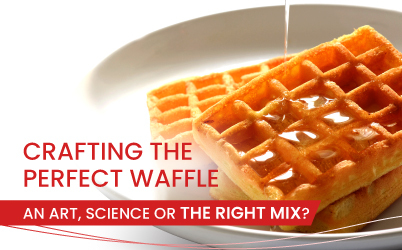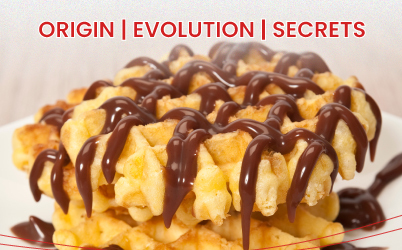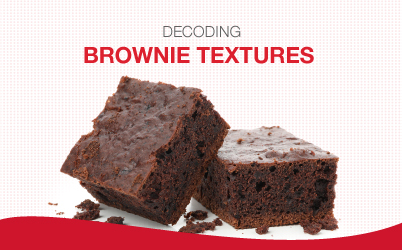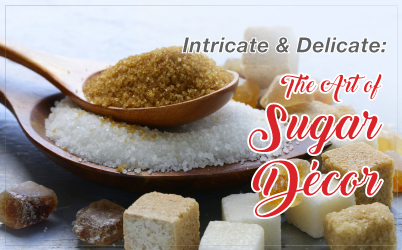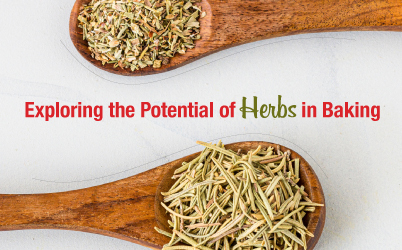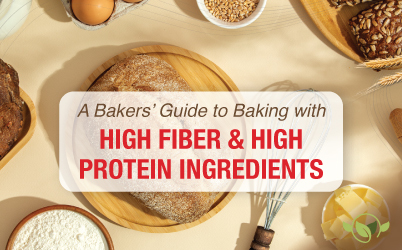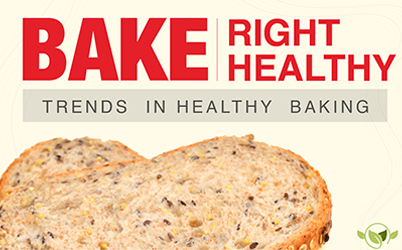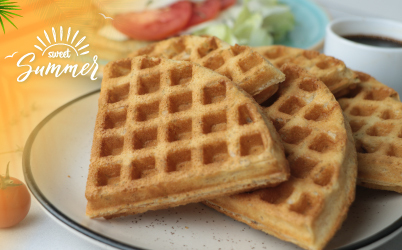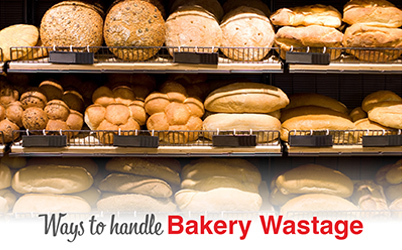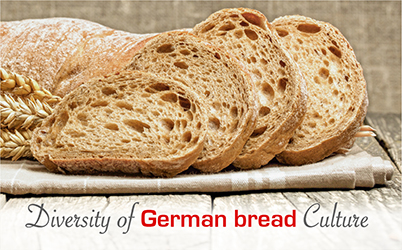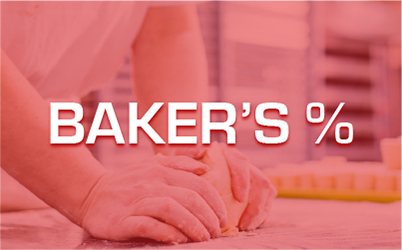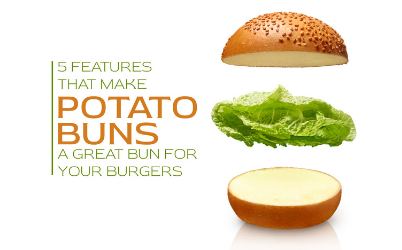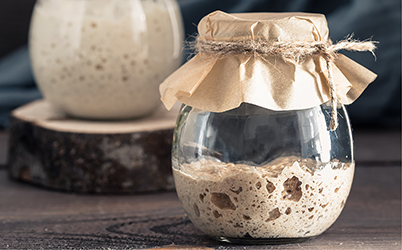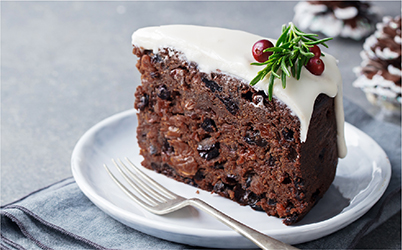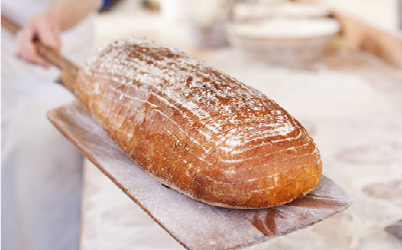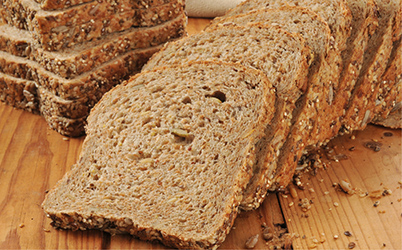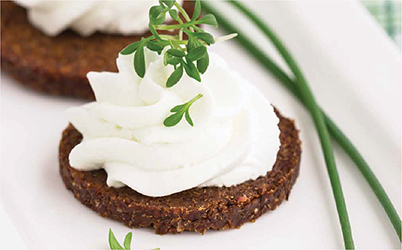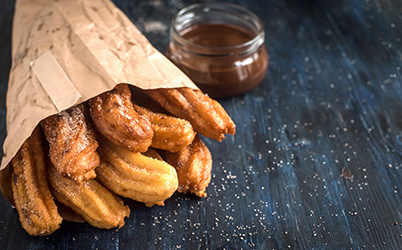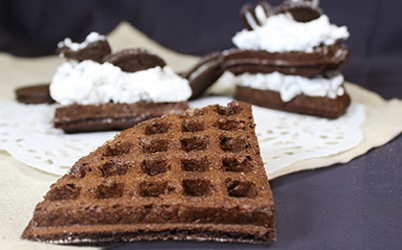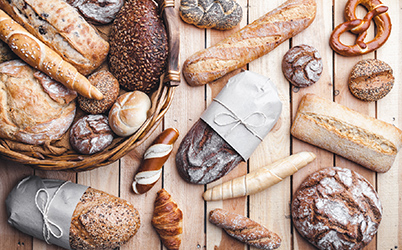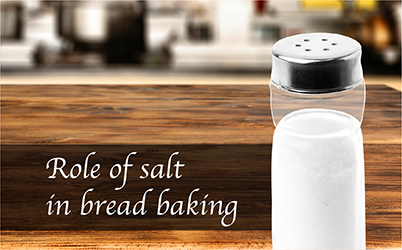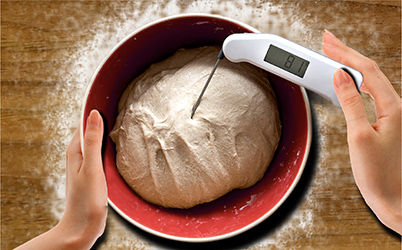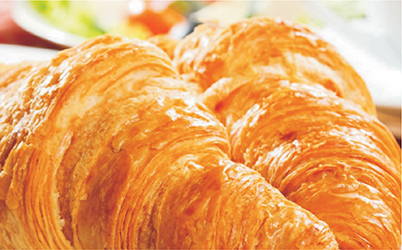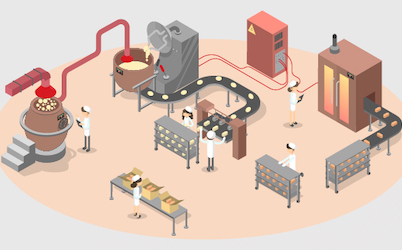Stretch, Snap or Tear - Troubleshooting Pizza Dough Issues
Issue #1: The Dough Snaps Back After Stretching
Problem: You stretch the dough, but it keeps shrinking or snapping back to its original shape.Common in: Dough that’s under-proofed or too cold
Why It Happens:
- Underdeveloped gluten network: The dough hasn’t rested enough after mixing.
- Cold dough: If the dough has come straight from the refrigerator, the gluten is still tight and needs time to relax.
- Overworked dough: Excessive kneading or too much mechanical mixing without proper rest phases can cause this too.
How to Fix:
- Allow bench rest: Let your dough sit at room temperature for 30–45 minutes after cold storage.
- Use a flour with balanced extensibility: A 00 flour like MORCOTE® 00 Pizza Flour offers excellent elasticity and extensibility, reducing snap-back during stretching.
- Don’t skip autolyse or bulk ferment: Give the gluten time to relax during early dough stages.
Issue #2: The Dough Tears When You Stretch It
Problem: The dough is too fragile, thin, or breaks apart when being stretched.Common in: Low-protein flours or improperly hydrated dough
Why It Happens:
- Flour has low protein content, leading to weak gluten structure.
- Under-kneaded dough that hasn’t developed enough gluten.
- Over-fermented dough that’s broken down structurally.
- Too much bench flour, drying out the surface and weakening tension.
How to Fix:
- Choose flour formulated for strength: MORCOTE® 00 Pizza Flour is designed for professional use with high-protein content and optimal gluten structure.
- Improve mixing technique: Ensure consistent mixing to build a stable dough network.
- Recalculate hydration levels: Experiment with 60%–70% hydration depending on your oven type and desired crust texture.
Issue #3: The Dough Feels Too Tight or Too Loose
Problem: Some days your dough is too tight to shape, and on others, it feels like soft batter — inconsistent texture across batches.Common in: Inconsistent flour or climate variation
Why It Happens:
- Fluctuations in temperature and humidity: Dough hydration and proofing are sensitive to your kitchen environment.
- Unstable flour quality: Inconsistent milling or gluten content can vary from batch to batch.
- Improper scaling: Miscalculated ingredient quantities can throw off the dough’s structure.
How to Fix:
- Use year-round consistent flour: MORCOTE® 00 Flour offers stability across temperatures and humidity, ideal for HoReCa kitchens with varying prep environments.
- Monitor fermentation timings: Adjust your bulk and final proof based on ambient conditions.
- Use digital scales: Ensure precise flour, water, and salt ratios.
Issue #4: Dough Doesn’t Hold Shape During Baking
Problem: The pizza looks fine when shaped, but collapses or bakes unevenly.Common in: Weak gluten structure or over-proofed dough
Why It Happens:
- Over-proofing: The dough has exhausted its gas retention potential and can’t maintain structure.
- Weak base from poor gluten strength: This is especially common in short fermentation or flour with low protein content.
- Under-kneaded dough: Not enough structure formed to trap gases.
How to Fix:
- Avoid over-proofing: Use cold fermentation with retardation control — MORCOTE® 00 has high tolerance to retardation, helping maintain structure even after long proofs.
- Ensure proper gluten development: Don’t rush the kneading stage.
- Balance hydration: Over-hydrated dough may collapse if unsupported by a strong network.
Issue #5: Sticky Dough That’s Hard to Handle
Problem: The dough clings to surfaces, hands, or utensils, slowing down kitchen workflow.Common in: High-hydration doughs or enzyme imbalance
Why It Happens:
- Improper flour-to-water ratio: Overhydrated dough can be unmanageable without the right flour.
- Lack of enzyme balance: Too much amylase activity can lead to slack, sticky dough.
- Insufficient fermentation control: Over-fermented dough loses elasticity and becomes sticky.
How to Fix:
- Use flour with enzyme balance: MORCOTE® 00 contains a specialized enzyme profile for controlled gluten behavior, improving dough handling.
- Dust with 00 flour during shaping: Prevent sticking without toughening the surface.
- Add a pizza dough conditioner to your signature recipe, such as MORCOTE® PZ 20 to improve dough handling in high-hydration scenarios.
- Shorten fermentation time in hot kitchens: Excess warmth accelerates activity — use temperature-controlled dough storage when possible.
Why the Right Flour Matters?
Dough issues are not always technique-related — they’re often ingredient-driven. For chefs and pizzerias handling high-volume pizza prep, using the wrong flour can create inconsistency, slow down operations, and affect product quality.Why MORCOTE® 00 Pizza Flour?
- Perfectly milled particle size for smooth dough handling
- High elasticity and extensibility for consistent shaping
- Stable gluten structure to support long fermentations
- Enzyme-balanced formulation to minimize tear, snap-back, and hydration issues
- Performs well across temperatures, suitable for deck, conveyor, and wood-fired ovens
Whether your dough is snapping back, sticking, or tearing apart, small changes in ingredients and technique can create big improvements. Start by evaluating your flour — the foundation of your dough. For professional kitchens, using a purpose-formulated flour like MORCOTE® 00 is often the most effective step toward smoother workflows, better crusts, and more consistent pizzas.

